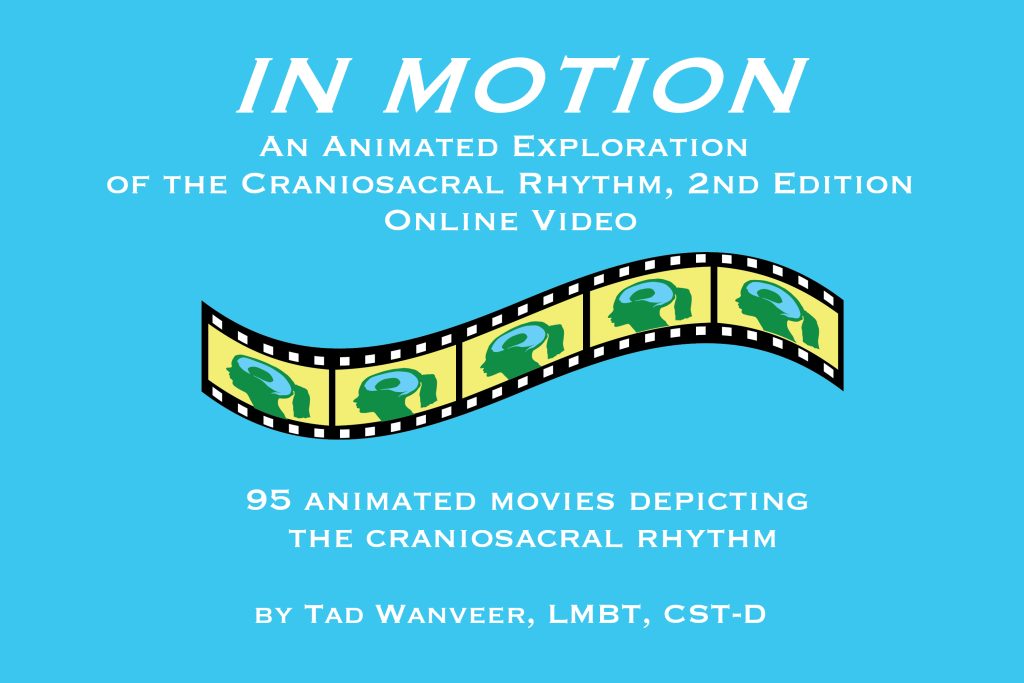
Manual Therapy for the Brain Books & Products
Manual Therapy for the Brain Books & Products
Synoviolymphatic System of the Extremities: A Manual Therapy Perspective
Code: SSE – Price $59.95
AVAILABLE THIS SUMMER 2025
Discover a groundbreaking approach to joint health and manual therapy with Jean-Pierre Barral’s latest book. This pioneering work explores the often-overlooked synoviolymphatic system—an essential network responsible for maintaining fluid balance, waste removal, immune function, and intra-articular pressure within the joints.
For too long, manual therapy has focused heavily on musculoskeletal structures while undervaluing the critical roles of the lymphatic and venous systems. In this text, Barral presents a refined, hands-on approach for optimizing joint mobility, reducing inflammation, and supporting long-term function through techniques that target deep synovial structures, capsular elasticity, and fluid exchange.
Filled with:
- Detailed anatomical insights
- Step-by-step treatment protocols
- Clinical applications for upper and lower extremities
- Images and diagrams to enhance understanding
This book is an indispensable guide for manual therapists, osteopaths, physiotherapists, chiropractors, and healthcare professionals seeking to elevate their therapeutic outcomes and understand the body’s interconnected systems more deeply.
Includes an introduction by Mark Bloemberg, DO, PT, BI-D—Barral Institute instructor and practitioner—offering perspective on the clinical significance and practical value of this innovative work.
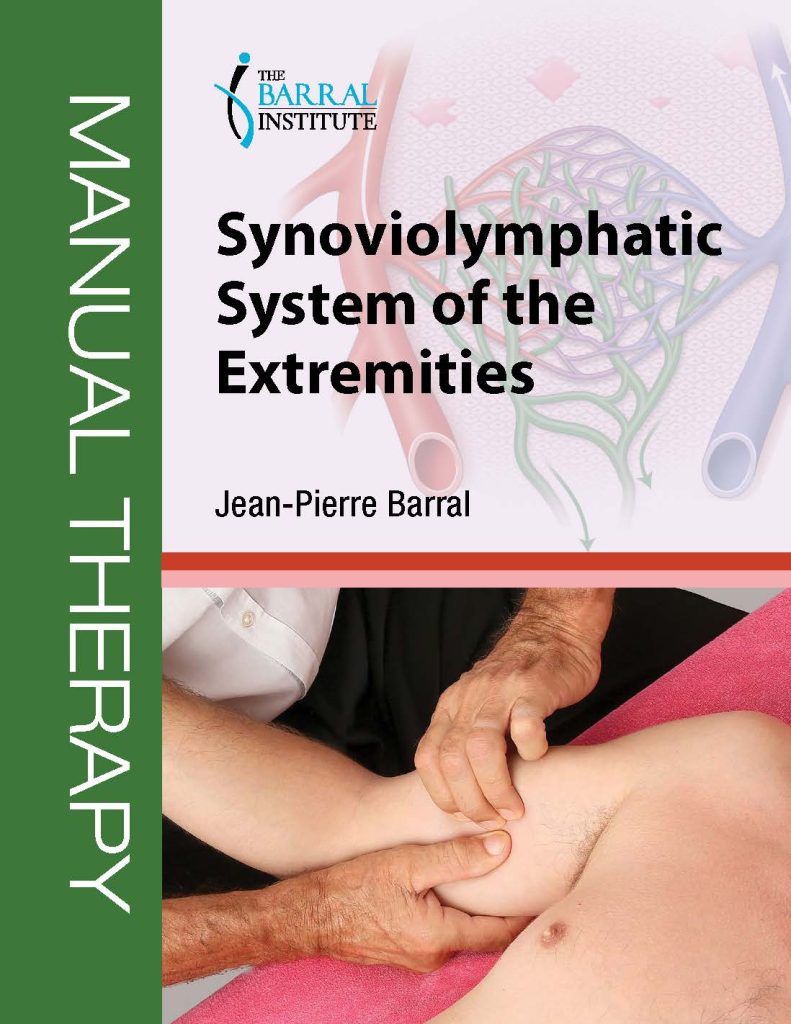
Manual Therapy Approach to the Brain – Volume 2
Code: MTAB2 – Price $120.95
AVAILABLE THIS SUMMER 2025
Introducing the second volume in Jean-Pierre Barral’s groundbreaking series, Manual Therapy Approach to the Brain – Volume 2. Building on the foundational insights and hands-on techniques presented in Volume 1, this new volume deepens the clinical application, offering expanded protocols and refined strategies for therapeutic intervention. This eagerly awaited follow-up offers manual therapy professionals additional practical, precise, and innovative techniques for addressing a wide range of brain-related and neurological conditions. Nearly 140 detailed anatomical illustrations and step-by-step photos guide you through each technique.
Drawing from over four decades of experience treating patients with traumatic brain injuries, strokes, epilepsy, multiple sclerosis, and more, Barral delivers a rich, functional approach to supporting brain health. His techniques do not aim to cure neurological disorders but provide vital support to help improve quality of life, alleviate symptoms, and enhance resilience.
Inside this volume, you’ll find ways to help people with:
- Migraines, chronic headaches, depression, tinnitus, and epilepsy
- Neurological conditions such as Parkinson’s disease and multiple sclerosis
- Stroke recovery, traumatic brain injuries, and cerebral palsy
- Autism spectrum conditions, OCD, behavioral disorders, Alzheimer’s disease, and brain tumors
Barral’s work blends clinical precision with the art of therapeutic intuition, honoring the complexity of the human brain while offering accessible, grounded methods. Whether you’re an osteopath, physical therapist, chiropractor, or experienced manual therapy practitioner, this book is an essential resource for expanding your skills and enhancing your impact.
Discover powerful new tools for supporting your patients—Volume 2 is your hands-on guide to brain-focused manual therapy.
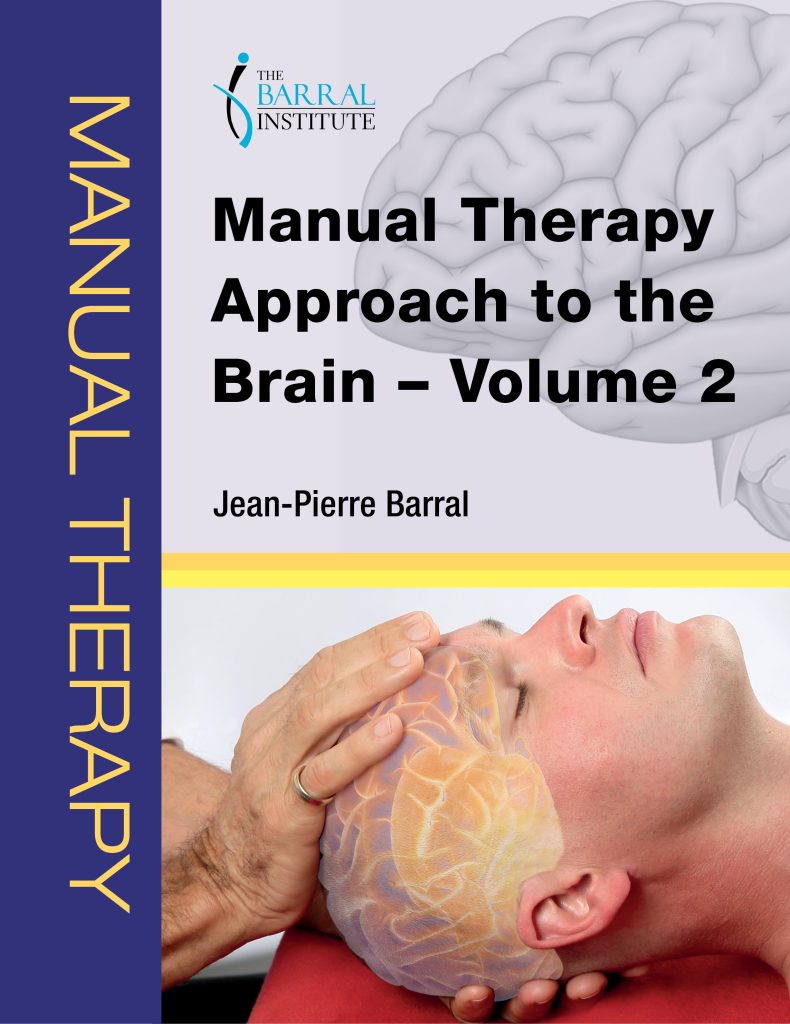
Manual Therapy Approach to the Brain; Volume 1
This book presents an innovative manual approach to working with people who have challenges related to their brain, the most complex and fascinating part of the body, and a territory that seems essentially inaccessible. It is the result of a rich clinical experience, and a long empirical and pragmatic journey that Jean-Pierre Barral began over four decades ago while working with many patients with head injuries, strokes, brain diseases, and psychomotor disabilities. Richly illustrated, this book is intended for all osteopaths and manual therapists committed to assisting their patients by helping to mitigate the effects of trauma, disease, or disability.
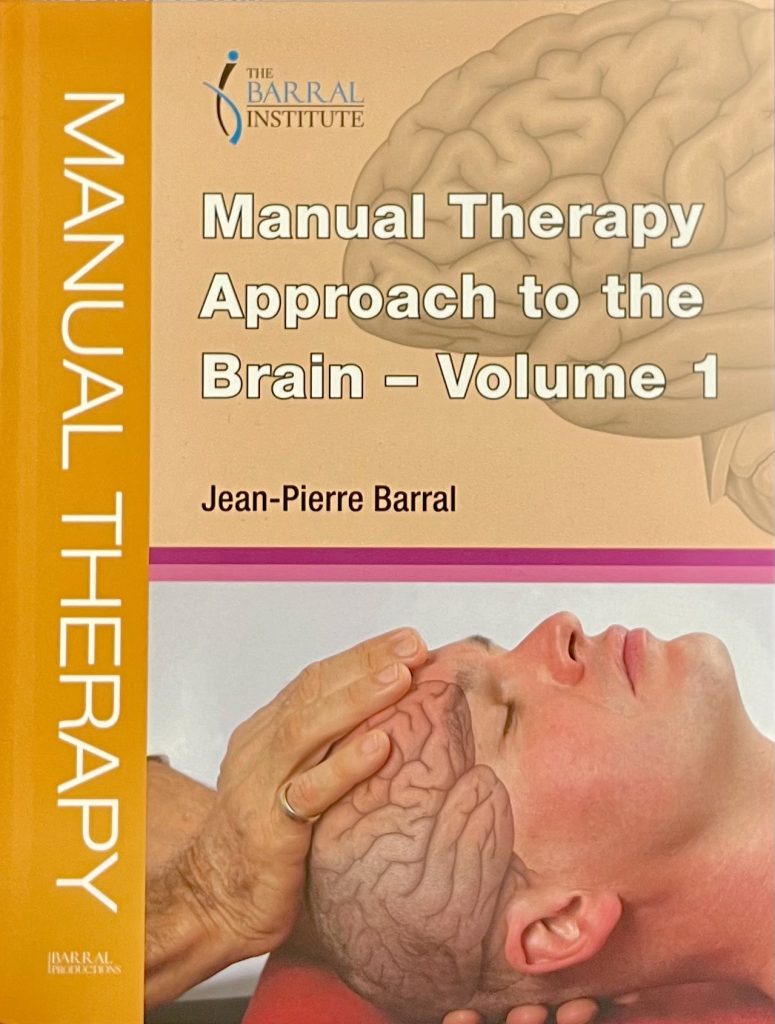
Manual Therapy for the Cranial Nerves
This book incorporates new techniques that have an effect on the most precious part of the cranium, the brain. It teaches you how to manipulate this delicate neural system safely. It has over 100 full color line illustrations showing the anatomy underlying the techniques, while accompanying full color photographs demonstrate the techniques themselves. Manual Therapy for the Cranial Nerves will make you aware of the brain as the primary target of your action as a practitioner. It has a wealth of illustrations and an excellent guide with which to visualize the cranial nerves and to understand their many functions.
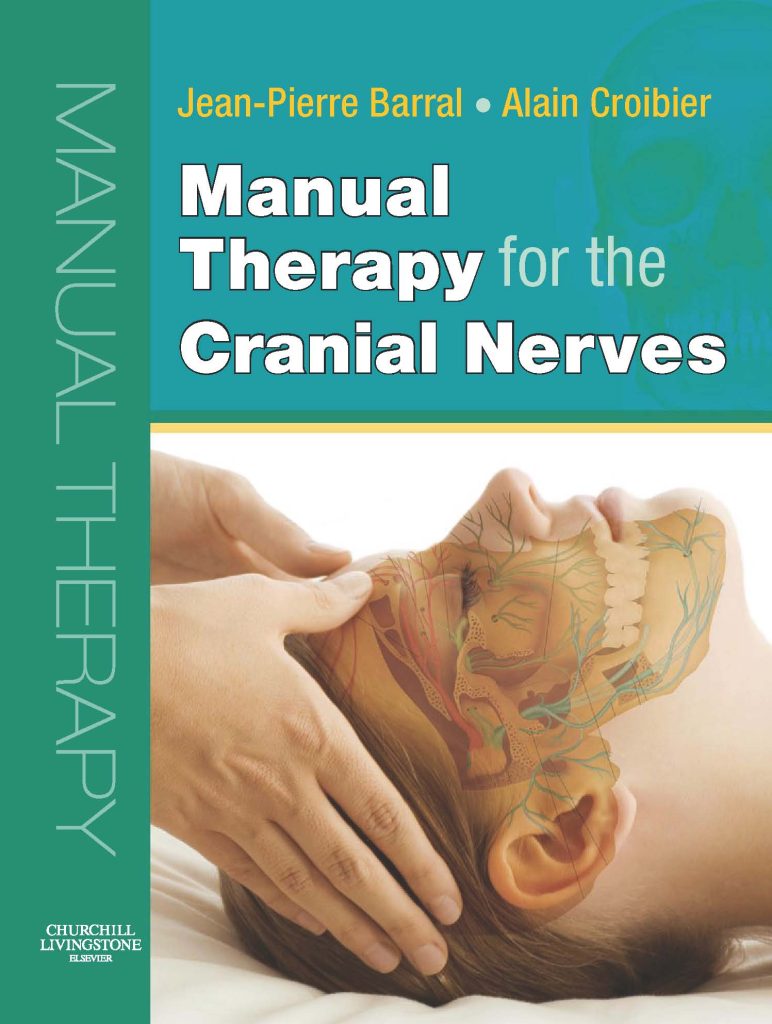
Cranial Nerve Trifold Reference Chart
This beautiful 6-page trifold reference chart allows you to see the cranial nerves in vivid detail. There are full-color illustrations highlighting the nerves, their exit points through the cranium and vertebrae, as well as some of the key muscles they perforate. There is a detailed chart and description to understand the Autonomic Components of the Cranial Nerves as a whole as well as charts explaining the principal clinical signs and symptoms of cranial nerves and the principal topographical syndromes of cranial nerve problems at the cranial base.
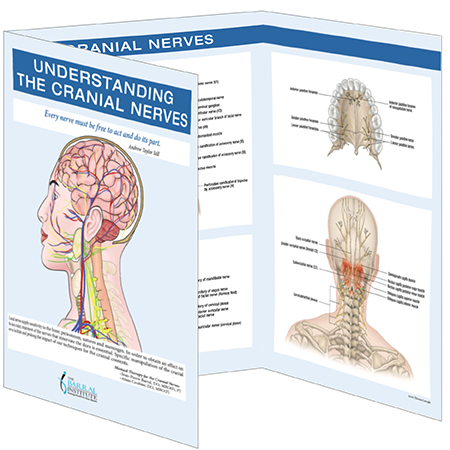
8 Part Brain Model
The brain model is 8-part, can be disassembled into: the temporal and occipital lobes, the frontal and parietal lobes, the cerebellum(2), and the brain stem(2). Structures are shown in great detail with about 32 features marked with numbers.
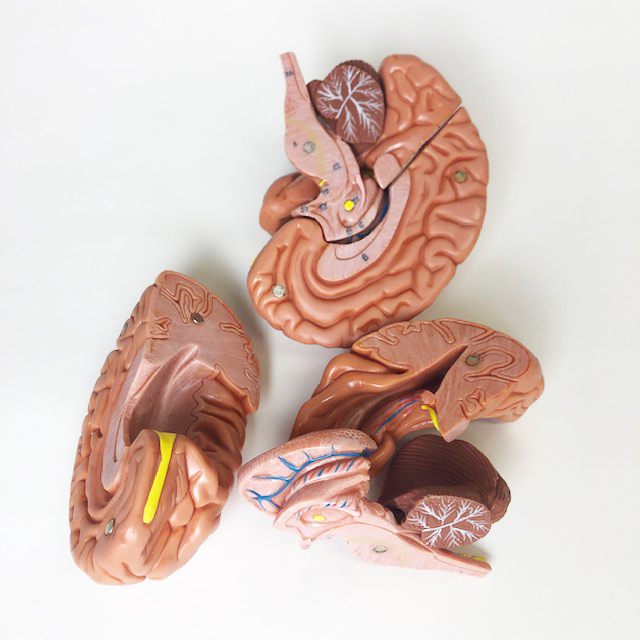
Brain Stars, Glia Illuminating CranioSacral Therapy
Tad uses an abundance of images along with words to convey the essential interworking of neurons, glia, vasculature, and the craniosacral system (CSS). Glial cell function was once thought to primarily provide the central nervous system (CNS) with structural support. However, new research shows that glial cells are essential partners of neurons in nearly every aspect of CNS development, function, homeostasis, and healing.
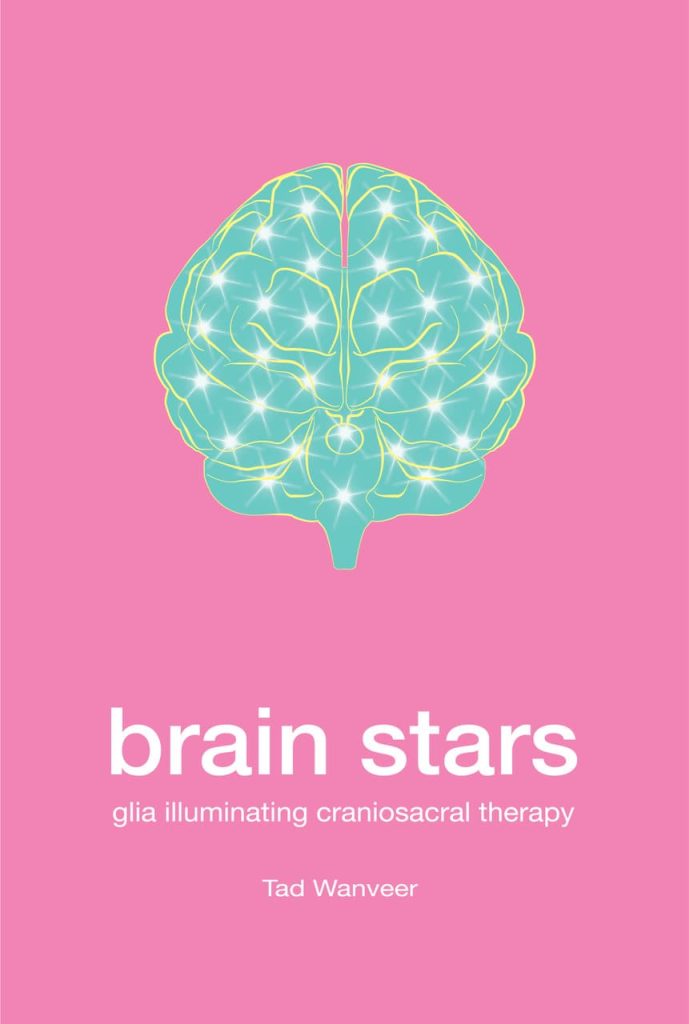
A Brain is Born
Witness the dramatic unfolding of the human form in all its potential. Join John E. Upledger, D.O., O.M.M., as he takes you from the union of sperm and egg through the development of the complex circuitry that makes up the human brain. You’ll learn about birth, growth, function and dysfunction, and how all these aspects influence physical, mental, and emotional well-being. For easy reference, he also maps out the central nervous system and the functions of all its parts. You’ll discover problems that can alter brain and spinal cord development in the first eight weeks of pregnancy, and then monthly right through delivery. This breakthrough book empowers parents with knowledge to help them make practical decisions concerning the health of their children.
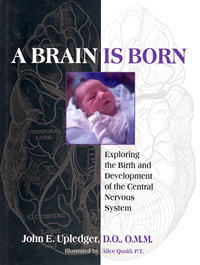
Online Video-Upledger-In Motion ~ Animated Exploration of the CranioSacral Rhythm
The intention of In Motion is to show how the craniosacral system, different body parts, and the body as a whole move in synchrony with the craniosacral rhythm. Movement is the focus of the videos; therefore, text is to a minimum. This online video is a collection of 95 short animations that are organized into sections showing the craniosacral rhythmic motion.
